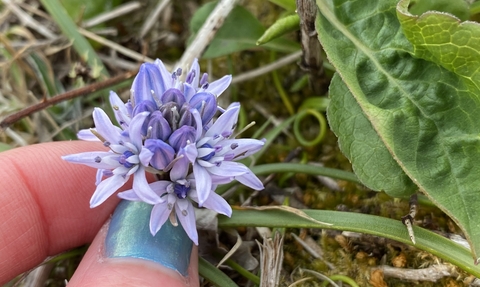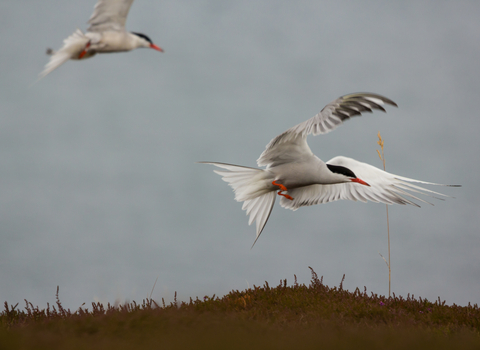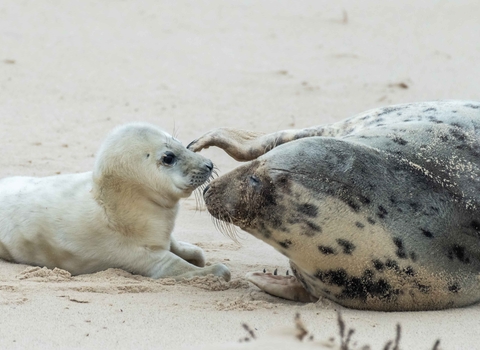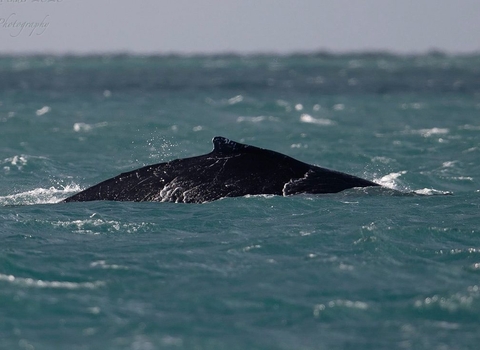
Spring wildlife on Scilly
Springing into life
Spring is a wonderful time on the Isles of Scilly, but also highly changeable. Some days feel like mid-summer, being calm and balmy with warm sunshine, whilst others still feel wild and wintery.
From as early in the year as January, the signs of spring are creeping across the islands, with the first three-cornered leeks peeking out of the ground, frogspawn being spotted in the Rosehill Nature Garden ponds and song thrushes tuning up across the islands, belting out the first birdsong of the year. We rarely see frost on the islands (snow is even more unusual), making the islands a prime location for growing flowers like narcissi, one of the core industries for islanders.
By March, the dawn chorus is in full swing, with blackbirds, robins, wrens and starlings singing from the early hours. Queen bumblebees buzz around our earliest wildflowers, including dog violets, western clover and lousewort. On the coastal headlands, sea thrift bursts into bloom, whilst a Scilly speciality, spring squill, blossoms on short dry grassy areas, usually near the sea (for example Toll's Hill, St Mary's and Gweal Hill, Bryher). By the end of April, you might be lucky enough to spot dwarf pansies and orange bird's-foot, two species only found nowhere else in the UK. Both of these diminutive species are found in isolated spots predominantly on Bryher and have benefited from targeted conservation work.
The first seabirds arrive back to the islands to breed in April, including guillemots, razorbills, puffins and kittiwakes, and Manx shearwaters and European storm-petrels start to explore their old burrows again. Sandwich terns might be spotted off Porthcressa, whilst on a trip to the Western Rocks you might see common terns. Ringed plovers and oystercatchers will start to nest on beaches again, so be mindful if you're walking your dogs to keep them under close control. If you're looking out to sea, on calm days you might be lucky to spot common dolphins and harbour porpoises.
This is also a top time to witness bird migration in action, and the islands are often treated to an array of vagrant birds. Bee-eaters and hoopoes are not uncommon, whilst the time of year can also strike big for a rarity or two, including the belted kingfisher of 2018, as well as birds like night heron, little bittern or subalpine warblers.
The first fresh butterflies of the year appear around this time, including speckled woods, commas, small tortoiseshells and peacocks. Tadpoles and frogs might be spotted in ponds and, on really warm, still days, you might be lucky enough to see Scilly's only reptile species, the slow worm, which is found on Bryher. Take a walk beneath the avenues of elms, breath in the freshest air and soak up the atmosphere as Scilly bursts into life around you.



